New Zealand’s flag debate ended with them keeping the original design — but if nothing else, it generated plenty of, well, interesting unofficial designs.
Taiwan most likely will not be shedding its Republic of China flag anytime soon, but an Internet flag design contest has been going on for the past month. The deadline is on Thursday, a day before president-elect Tsai Ing-wen (蔡英文) takes office.
“We believe that Taiwanese includes benshengren, waishengren, Hoklo, Hakka, Aborigines and new immigrants,” the event page states. “We are all proud of Taiwan, and we need a flag that we can take all around the world that represents diversity, freedom and democracy; a flag that will not be confused with China.”
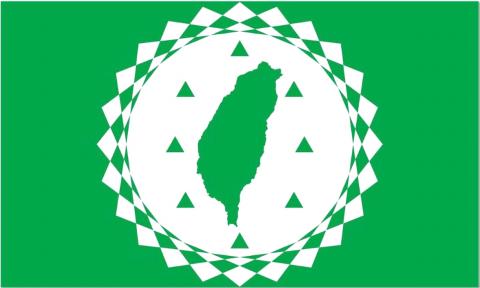
Photo courtesy of UCCU
Almost 50 designs have been submitted so far — ranging from serious to funny to sarcastic, from well-designed to crudely done Microsoft Paint creations.
Voting is done on the event Facebook album at goo.gl/Hw6qMZ. The top 10 designs receive a certificate and free breakfast for two at Hoochuu Restaurant () in Taipei.
To submit your entry, visit the event Facebook page at www.facebook.com/events/1794788134082961 (Chinese only).
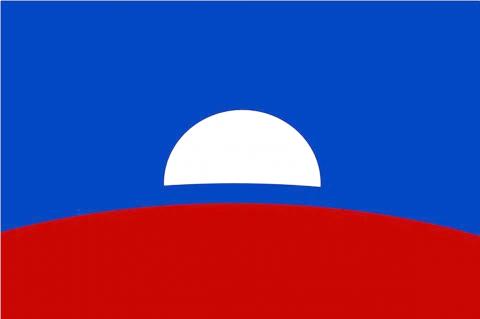
Photo courtesy of UCCU
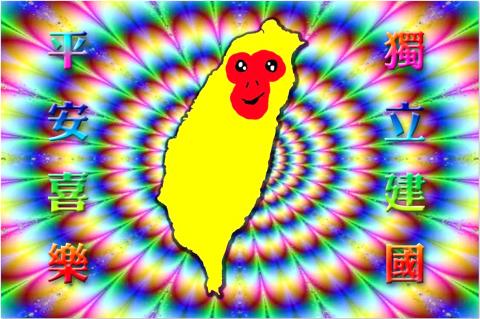
Photo courtesy of UCCU
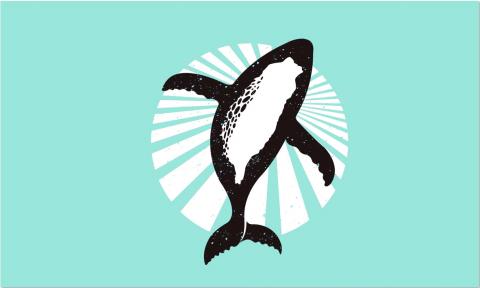
Photo courtesy of UCCU
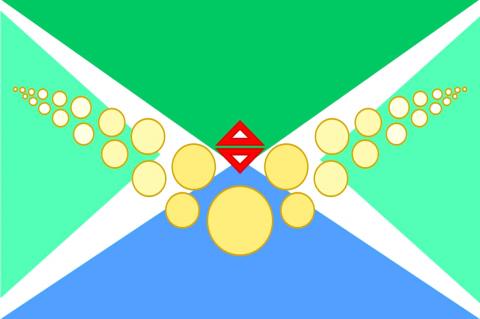
Photo courtesy of UCCU

June 23 to June 29 After capturing the walled city of Hsinchu on June 22, 1895, the Japanese hoped to quickly push south and seize control of Taiwan’s entire west coast — but their advance was stalled for more than a month. Not only did local Hakka fighters continue to cause them headaches, resistance forces even attempted to retake the city three times. “We had planned to occupy Anping (Tainan) and Takao (Kaohsiung) as soon as possible, but ever since we took Hsinchu, nearby bandits proclaiming to be ‘righteous people’ (義民) have been destroying train tracks and electrical cables, and gathering in villages

Dr. Y. Tony Yang, Associate Dean of Health Policy and Population Science at George Washington University, argued last week in a piece for the Taipei Times about former president Ma Ying-jeou (馬英九) leading a student delegation to the People’s Republic of China (PRC) that, “The real question is not whether Ma’s visit helps or hurts Taiwan — it is why Taiwan lacks a sophisticated, multi-track approach to one of the most complex geopolitical relationships in the world” (“Ma’s Visit, DPP’s Blind Spot,” June 18, page 8). Yang contends that the Democratic Progressive Party (DPP) has a blind spot: “By treating any

This year will go down in the history books. Taiwan faces enormous turmoil and uncertainty in the coming months. Which political parties are in a good position to handle big changes? All of the main parties are beset with challenges. Taking stock, this column examined the Taiwan People’s Party (TPP) (“Huang Kuo-chang’s choking the life out of the TPP,” May 28, page 12), the Democratic Progressive Party (DPP) (“Challenges amid choppy waters for the DPP,” June 14, page 12) and the Chinese Nationalist Party (KMT) (“KMT struggles to seize opportunities as ‘interesting times’ loom,” June 20, page 11). Times like these can

Swooping low over the banks of a Nile River tributary, an aid flight run by retired American military officers released a stream of food-stuffed sacks over a town emptied by fighting in South Sudan, a country wracked by conflict. Last week’s air drop was the latest in a controversial development — private contracting firms led by former US intelligence officers and military veterans delivering aid to some of the world’s deadliest conflict zones, in operations organized with governments that are combatants in the conflicts. The moves are roiling the global aid community, which warns of a more militarized, politicized and profit-seeking trend